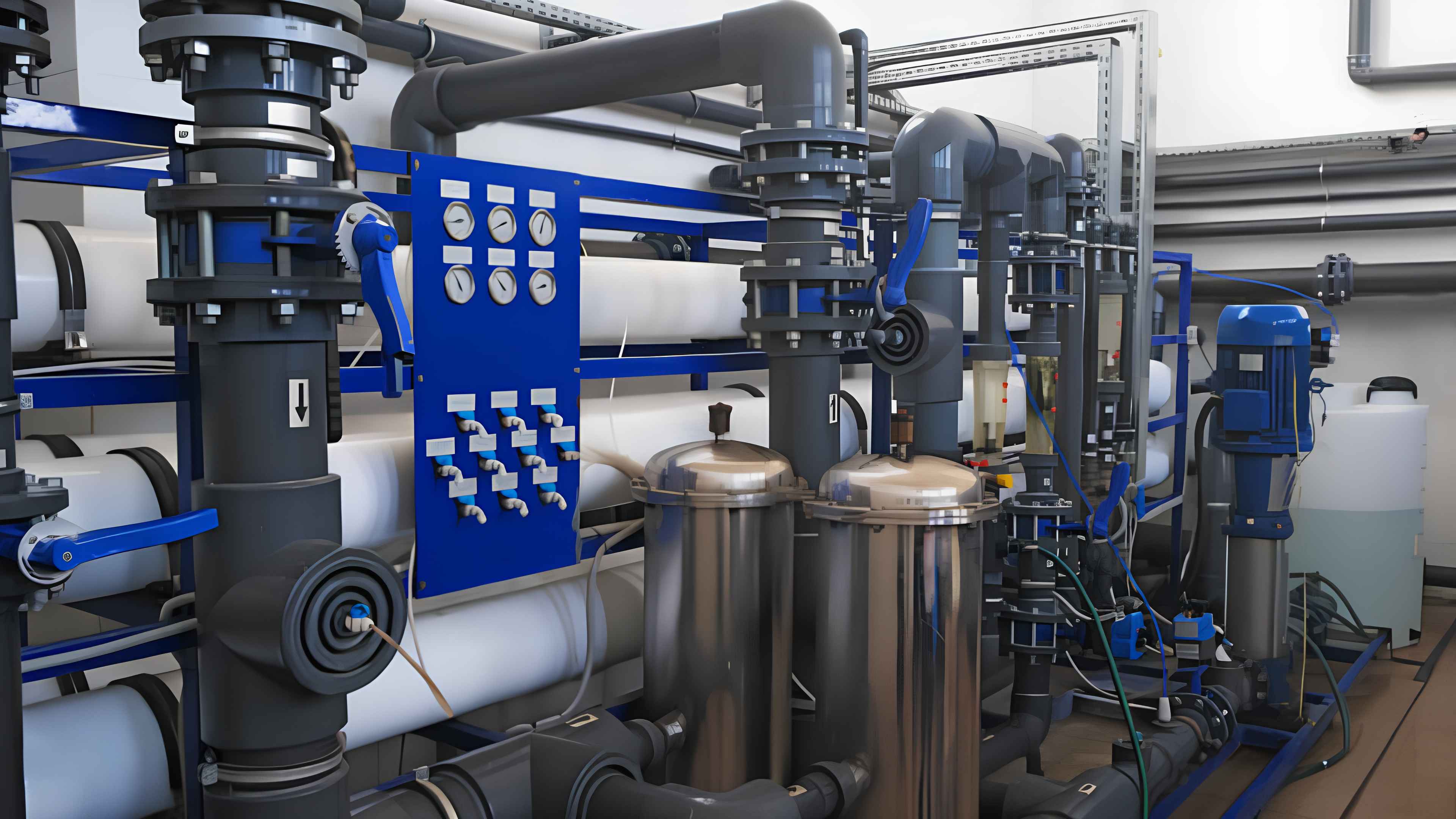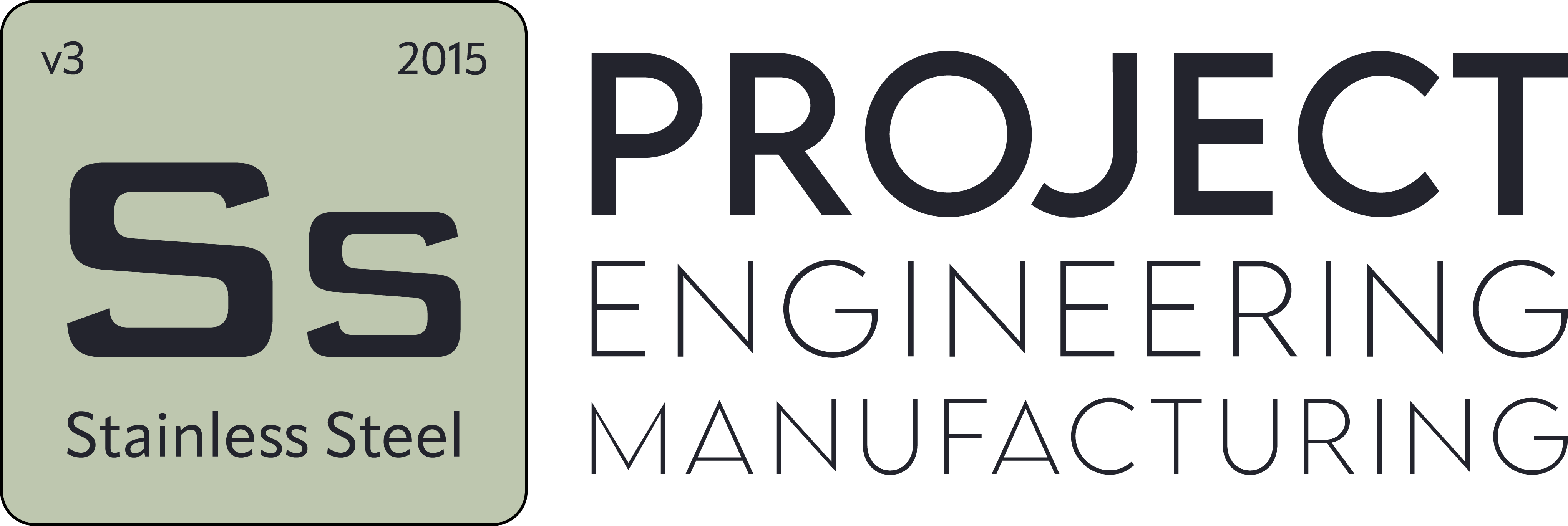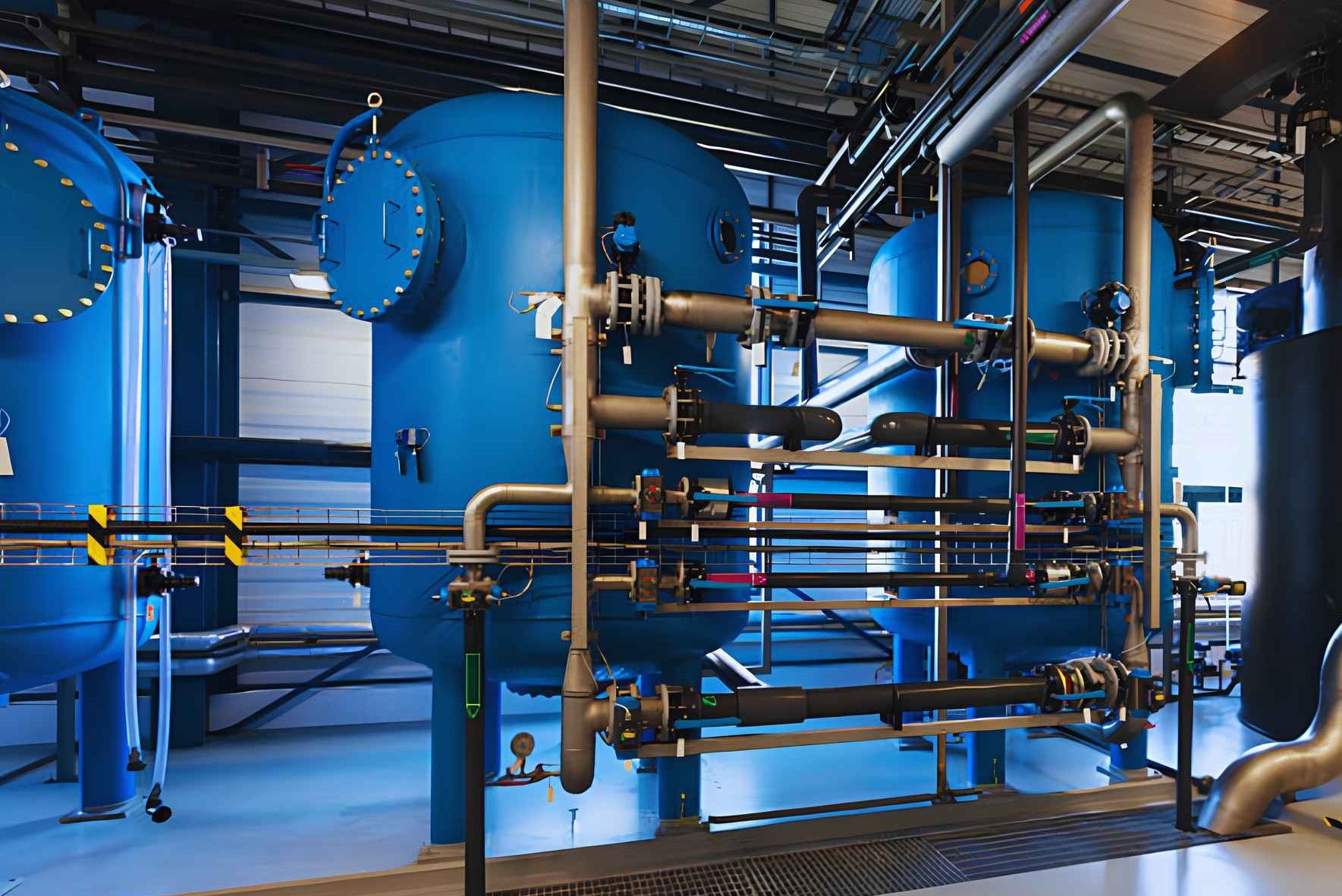PW, PS, and WFI Systems Differences and Similarities
- Blog
- PW, PS, and WFI Systems Differences and Similarities
PW, PS, and WFI Systems Differences and Similarities
Contents
- What are PW, PS and WFI Systems?
- What are the Different Uses of PW, PS and WFI Systems?
- How Do the Production Processes of PW, PS and WFI Systems Work?
- What are the Quality Control Processes of PW, PS and WFI Systems?
- What are the Health and Safety Standards for PW, PS and WFI Systems?
- What are the Design and Engineering Requirements of PW, PS and WFI Systems?
- What are the Economic Impacts of PW, PS and WFI Systems?
- What is the Future of PW, PS and WFI Systems?
- What are the Challenges Encountered in the Production of PW, PS and WFI Systems?
- How to Manage Maintenance and Support Processes of PW, PS and WFI Systems?
- What is the Innovation and Technology Use of PW, PS and WFI Systems?
- What are the Best Practices in PW, PS and WFI Systems?
What are PW, PS and WFI Systems?
PW (Purified Water), PS (Pure Steam) and WFI (Water for Injection) systems are water and steam production systems that are of critical importance especially in the pharmaceutical and food industries. PW refers to purified water that meets certain purity standards and is often used in pharmaceutical production, laboratory analysis and food processing. This water is free of microorganisms but may not be suitable for injectable products. PS is a system used for sterile steam production and is often used in sterilization processes. WFI, on the other hand, is a system that enables the production of water of the highest purity and is used especially in the production of parenteral products, that is, in the formulation of drugs that are directly injected into the body.
Each of these systems is designed to meet health and safety standards while addressing specific application areas and requirements. While PW is widely used in laboratory environments and production processes, PS is mostly preferred for sterilization processes. WFI plays a critical role in the production of products that require the highest standards in the pharmaceutical industry. Therefore, each of these three systems has different features and application areas.
What are the Different Uses of PW, PS and WFI Systems?
PW systems are widely used in many industries. It is especially important in the formulation of drugs, laboratory testing and processing of food products. While PW water is used in laboratories for the preparation of reagents and experimental studies, it is required for hygienic production in the food industry. In addition, since PW water is purified in accordance with drinking water standards, it can also be used in general consumption areas.
PS systems often play an important role in sterilization processes. This steam, used to sterilize medicines, medical equipment and other products, effectively kills microorganisms and increases the safety of the products. The PS system is often used to provide sterile environments that are critical in pharmaceutical production.
WFI systems are an indispensable component in the production of injectable products as they provide water of the highest purity. WFI is used in the formulation of vaccines, serums and other pharmaceutical products. The high purity provided by these systems increases the reliability of the products used in the treatment of patients. The specific application areas of each system vary according to the requirements of industrial processes, and the selection of these systems is critical for the safety and effectiveness of the products to be used.
How Do the Production Processes of PW, PS and WFI Systems Work?
The purification process of water in PW systems is primarily carried out by physical and chemical methods. Water is first subjected to various filtering processes to remove particles and microorganisms. Techniques such as UV sterilization, reverse osmosis, or demineralization are then used to increase the purity of the water. These processes ensure that PW meets certain standards of purity.
In PS systems, the process is carried out under high temperature and pressure while converting water into steam. Sterile steam production is vital to prevent contamination of products with microorganisms. This steam is used in some production processes as well as in sterilization processes.
In WFI systems, water is generally purified by distillation method. This process ensures that the water becomes completely sterile. In WFI production, parameters such as pH, temperature and chemical purity of the water are constantly monitored. Each of these processes is carried out in accordance with certain standards, so that the water produced is of the highest purity necessary for the safety of pharmaceutical products. These differences between production processes determine the unique requirements and application areas of each system.

What are the Quality Control Processes of PW, PS and WFI Systems?
Quality control processes are critical to ensuring the reliability of PW, PS and WFI systems. In these systems, the purity of the produced water and steam is constantly monitored. In PW systems, the physical, chemical and biological parameters of water are tested regularly. These tests help determine contamination levels and purity of water. For example, water pH level, conductivity and microbiological tests are performed.
Similar quality control methods are applied in PS systems. The purity and effectiveness of sterile steam is monitored throughout the production processes. These monitoring processes are necessary to increase the security of the products. Controlling the quality of steam used in sterilization processes is a critical step for the safety of products.
In WFI systems, quality control is achieved by constantly monitoring the purity levels of the water. In this process, water obtained by distillation or other purification methods is tested according to certain standards. Quality control processes are carried out in accordance with the specific requirements of each system. In this way, high quality standards are maintained at every stage of the production processes.
What are the Health and Safety Standards for PW, PS and WFI Systems?
PW, PS and WFI systems are each designed to comply with health and safety standards. These standards are extremely important for the safety and effectiveness of pharmaceutical products. In PW systems, water is ensured to reach certain purity standards. These standards require that the water be clean of microorganisms and chemical impurities. Since PW water is used in processes such as laboratory analysis and pharmaceutical production, these standards must be met.
In PS systems, it is necessary to reach certain temperature and pressure values to ensure that the steam is sterile. The steam used in sterilization processes effectively kills microorganisms, increasing the safety of products. Correctly managing these processes helps maintain health and safety standards.
WFI systems, on the other hand, are held to the strictest health and safety standards because they provide water of the highest purity. Since WFI is used in the production of vaccines, serums and other pharmaceutical products, ensuring these standards is critical. Compliance of each system with health and safety standards both increases product quality and ensures the safety of patients.
What are the Design and Engineering Requirements of PW, PS and WFI Systems?
In the design of PW, PS and WFI systems, specific engineering requirements must be taken into account. Designing each system in accordance with its own functionality increases both security and efficiency. In PW systems, various filtration and sterilization techniques are used for water purification processes. Therefore, parameters such as water flow rate, temperature and pressure must be taken into account during the design phase.
In PS systems, special designs are made to produce sterile steam. Since these systems operate under high temperature and pressure, care must be taken in material selection. The fact that the materials are resistant to high temperatures and resistant to corrosion is a critical factor for the reliability of the system.
In WFI systems, distillation and other purification methods must be designed effectively to produce high purity water. During the design process, the integration of appropriate sensors and control systems should be ensured for continuous monitoring of water. In the design of each system, safety and efficiency should be prioritized.
What are the Economic Impacts of PW, PS and WFI Systems?
The economic impacts of PW, PS and WFI systems can be evaluated from many perspectives. These systems play an important role in industrial production processes and help ensure high quality standards. PW systems contribute to reducing costs for businesses as they provide purified water used in laboratory analyzes and pharmaceutical production. With affordable water resources, businesses can make their production processes more efficient.
Since PS systems are used in sterilization processes, they help businesses reduce their costs by increasing the safety of products. The effectiveness of sterilization processes increases the quality of products and provides competitive advantage in the market. In addition, PS systems support environmental sustainability by enabling businesses to produce less waste.
WFI systems, on the other hand, help businesses offer products that comply with international standards, as they ensure that pharmaceutical products are produced at the highest purity. This contributes to the country's economy by increasing the export opportunities of businesses. The economic effects of each system increase the growth potential of businesses while also improving product quality.
What is the Future of PW, PS and WFI Systems?
The future of PW, PS and WFI systems is shaped by technological developments. Integration of new technologies enables these systems to operate more efficiently and effectively. New methods used in purification and sterilization processes increase the performance of these systems and reduce their costs. In particular, digitalization offers important opportunities for monitoring and control of these systems.
Increasing awareness of environmental sustainability is a factor that should be considered in the design of PW, PS and WFI systems. Evolving environmental standards require these systems to consume less energy and reduce waste production. In this regard, innovative solutions and sustainable design approaches play an important role in the development of these systems in the future.
As a result, PW, PS and WFI systems are constantly evolving with technological advances. The future of these systems will be shaped in accordance with both industrial requirements and environmental standards, thus providing more reliable, effective and sustainable solutions.
What are the Challenges Encountered in the Production of PW, PS and WFI Systems?
Various difficulties may be experienced in the production processes of PW, PS and WFI systems. First of all, the effectiveness of the methods used in water purification is critical to prevent contamination of microorganisms. In PW systems, constant monitoring of water purity is required. However, disruptions in this process may affect the quality of the water.
In PS systems, temperature and pressure fluctuations that may occur during the production of sterile steam can negatively affect sterilization processes. This may threaten the safety of the products. The quality of the materials used in PS systems is also of great importance. Poor quality materials can reduce the efficiency of the system.
In WFI systems, the complexity of distillation and other purification processes is one of the difficulties encountered in the production process. While continuous monitoring and control of water quality increases the effectiveness of these systems, it can be time-consuming due to complex processes. To overcome these challenges, continuous education and integration of technological innovations are required.
How to Manage Maintenance and Support Processes of PW, PS and WFI Systems?
Maintenance of PW, PS and WFI systems is of great importance to maintain the effectiveness of the systems. In these processes, the system must be monitored regularly, maintenance and repair operations must be carried out on time, and the necessary spare parts must be provided. In PW systems, regular testing of water quality increases the effectiveness of treatment processes.
In PS systems, regular maintenance of the equipment used in the production of sterile steam ensures the safety of sterilization processes. During this process, equipment needs to be cleaned and checked. Training employees in the maintenance of these systems increases the effectiveness of the processes.
Maintenance processes in WFI systems must be monitored regularly to maintain the quality of the water. Defects that may occur in water purification and sterilization processes can negatively affect the effectiveness of the system. Therefore, maintenance and support processes should be constantly reviewed and necessary measures should be taken. Management of these processes both increases the efficiency of businesses and increases the quality of products.
What is the Innovation and Technology Use of PW, PS and WFI Systems?
Innovation and use of technology in PW, PS and WFI systems are critical to increase the efficiency of processes. Integration of new technologies enables these systems to operate more effectively and sustainably. For example, automation systems minimize human error by facilitating the purification and monitoring processes of water.
Digitalization provides great convenience in the management of these systems. Remote monitoring and control systems allow continuous monitoring of the performance of PW, PS and WFI systems. In this way, possible problems can be detected immediately and necessary precautions can be taken.
Innovation is also important for environmental sustainability. New purification and sterilization methods reduce energy consumption and minimize waste production. Such innovative solutions play an important role in the future development of PW, PS and WFI systems.
What are the Best Practices in PW, PS and WFI Systems?
Best practices in PW, PS and WFI systems have been developed according to specific standards to increase the effectiveness of the systems. These applications must be updated regularly to maintain the quality of water and steam. In PW systems, continuous monitoring of water and testing its quality are among the best practices.
In PS systems, attention should be paid to the quality of the materials required to increase the effectiveness of sterilization processes. Regular maintenance of the equipment used in the production of sterile steam increases the safety of these systems. It is important for employees to be educated about these systems in implementing best practices.
In WFI systems, continuous monitoring and control of water treatment processes are considered among the best practices. These practices help maintain product quality while increasing the reliability of systems. The best practices of each system increase the efficiency of businesses and ensure the safety of products.


